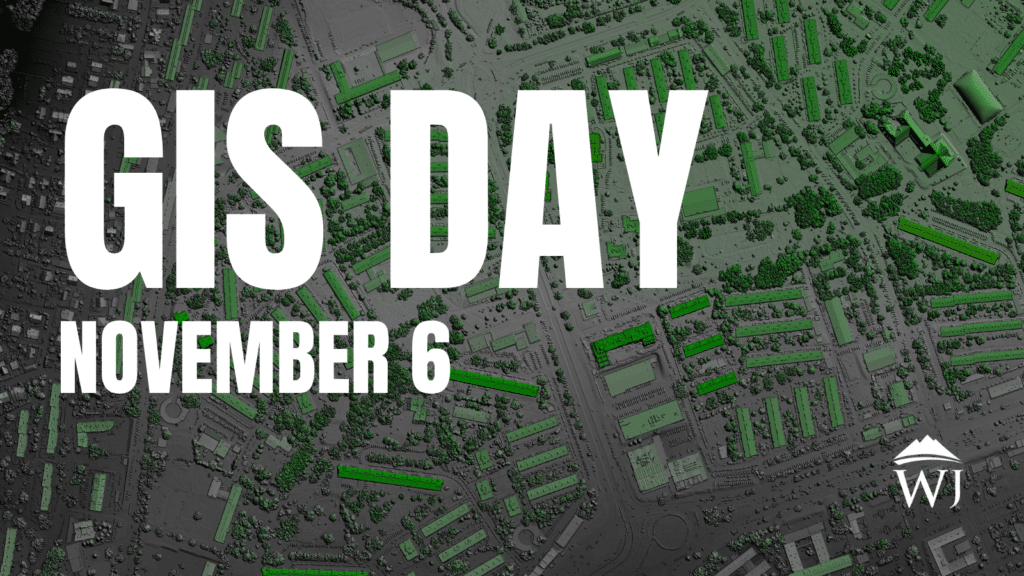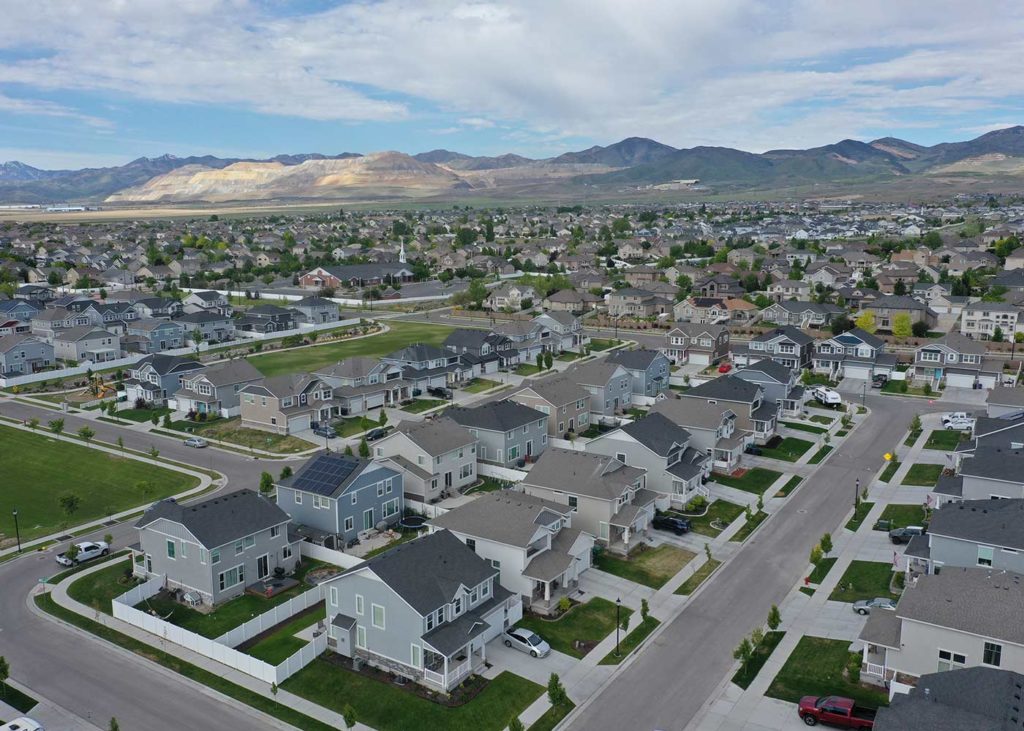GIS: Our Not-So-Secret Superpower

FREE EVENT DETAILS:
Join us on November 6th for an interactive event introducing what GIS does for our community.
Refreshments will be available.
West Jordan City Hall (8000 S. Redwood Rd) 3rd Floor
3 PM – 6 PM, stick around for the Council Meeting afterwards!
The West Jordan Department of Geographic Information Systems (GIS) sounds…BORING.
GIS maps out everything – and we mean everything: The age and materials of sidewalks, street and water pipes. The earthquake fault lines underneath. When, where and what types of crimes are committed. Streetlights, garbage-day routes, voting districts, zoning, trees, rivers, and on and on.
Alone, this information is lifeless. But when you put data and maps together, vibrant stories emerge – Stories that tell you why things are the way they are, and hint at stories to come.
One thing will influence another; Maybe more street lights will deter crime. Maybe the paint lines on the road need to be longer to prevent accidents. Maybe your house is on a floodplain and you’d be wise to invest in flood insurance.
West Jordan’s GIS department keeps track of all the little data points from every department in the city, from police to public works. When we put these maps together we can tell the stories of West Jordan City – where we’ve been and where we’re headed.
Explore the Interactive Maps of West Jordan
- What voting district or school zone do you live in? Find this and many more interesting data points that could influence your next move.
- Compare old West Jordan to new by switching between maps from years between 1960 and now.
- West Jordan has a cemetery and with this map you can see if there are plots available, or find a grave of an ancestor or loved one.
- Want to spend some time outdoors? Here’s a map of all our parks and walking trails!
- Some of us live in flood zones. This map will tell you if your property is at risk. If so, you may consider taking flood insurance. Or, if you want to see if your potential home is in a zone and want to avoid it, this will help!
- See a business ‘heat map.’ This shows you where most of the shopping takes place in the city, and the types of businesses within our borders.
- If you’re looking to use your bike to get to work, school, or just take a ride, see our maps of bikes lanes and trails.
Real-time maps of West Jordan
- Curious where the snow plows are? When will they come by your house? All our plows have a GIS tracker that shows where they’ve been and how long ago they were there. The streets will change color depending on how long ago they were plowed. We reset this dashboard with each storm, so the information is always up to date. See live updates on our website!
- Red lines are privately owned roads and not plowed by the city.
- Purple roads are plowed by UDOT.
- Gray lines are plowed by the city and will turn various colors of blue depending on when it was last plowed.
- Use the Citizen Service Request map to tell us about a problem in the city; from barking dogs, graffiti, to potholes. Describe the issue, how we can reach you and mark it on the map. We’ll pass the message to the people who can help. You’ll receive a confirmation email when we get the request and when the problem has been fixed!
GIS Around the World
On a global scale, data becomes stories about climate, social justice, environment, public safety, planning for the future and caring for the ‘now.’
ESRI (Environmental Systems Research Institute) collects data from countries, states and cities around the world. They use the data just like West Jordan does, but on a global scale. Maps that show the removal of trees and changing wind of a river can tell us that something is wrong and that the natural flow is interrupted. A map of flooding over the same period of time will show the impact of the tree removal on the amount of flooding. A comparison of the levels of sea water and populations in the same area can show a risk of human events that would be difficult on governments to support, and difficult for the humans who would need to relocate because of the change in water levels.
Explore living GIS data from ESRI through vibrant maps, eye-catching graphs, and stunning photos that showcase the Earth’s incredible journey—how it has transformed with and without human impact. Living in the Age of Humans


